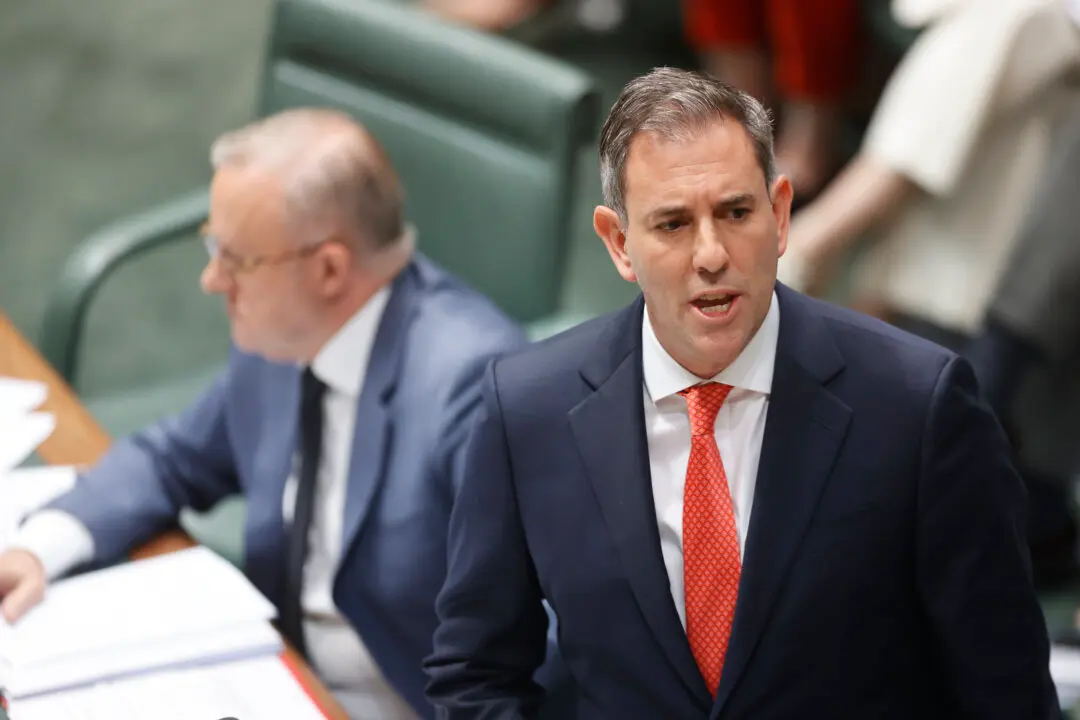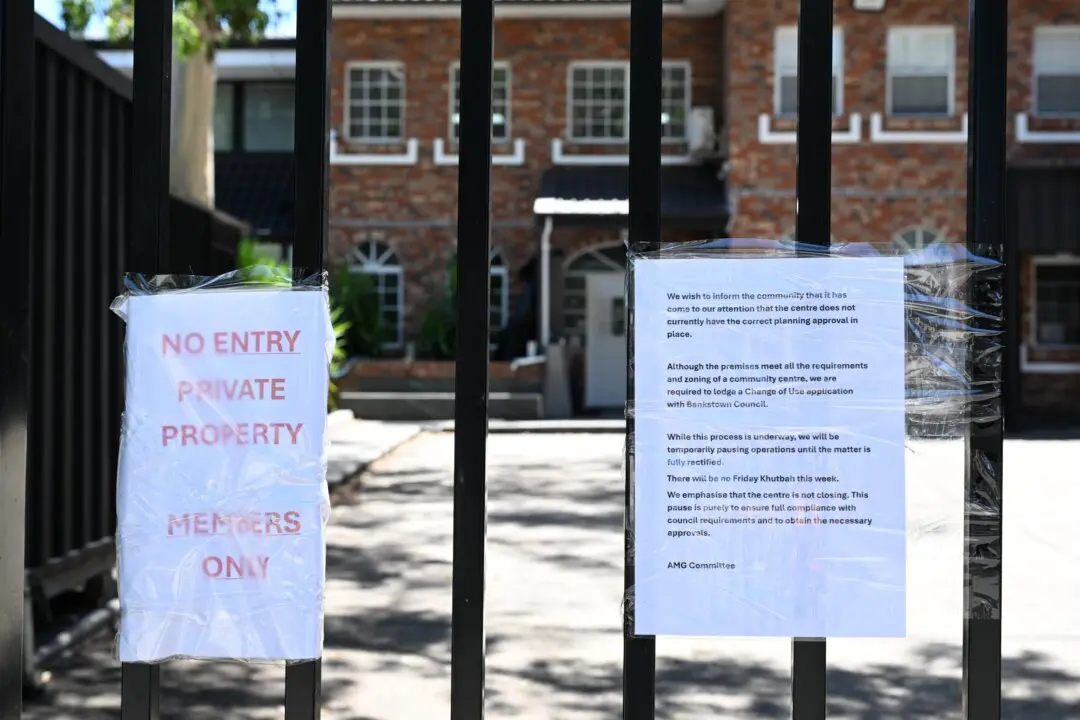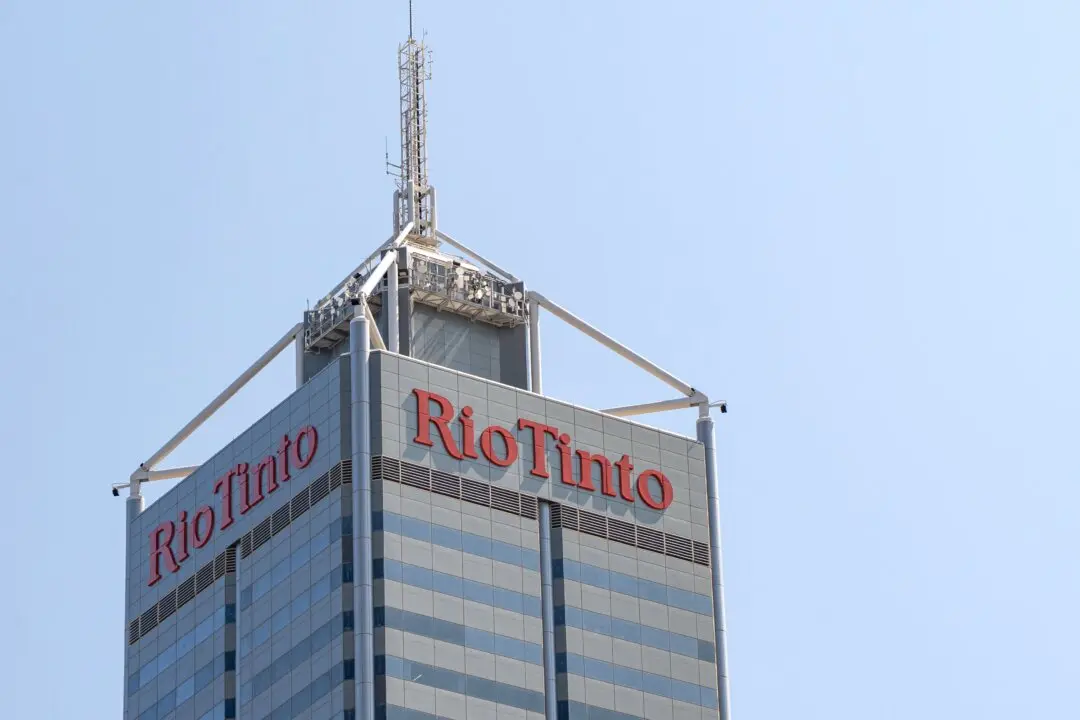New Zealand will reduce immigrant numbers to relieve pressure on housing and infrastructure, Prime Minister Christopher Luxon has said on Dec. 11.
Current net migration stands at 118,000 a year—higher per capita than neighbouring Australia—meaning the country’s population grew by almost 3 percent in the year ending September.





